After a very long gestation period MINI has finally revealed its third-generation Cooper and Cooper S models. Also along for the ride is a new Cooper D. The F56 is built on BMW’s UKL1 platform and this is the first model designed and built from the ground up by BMW.
There is a lot of information to take in and let’s first look at the key stats offered in the F56. All three models are turbocharged, but that’s where the similarity ends:
Cooper S
Engine: Four-cylinder 2.0 litre MINI TwinPower Turbo Technology (turbo charging, direct injection, fully variable valve control, variable camshaft control)
Power: 141kW @ 4700–6000rpm
Torque: 280Nm @ 1250–4750rpm; 300Nm with overboost
0–100: 6.8s manual; (6.7s automatic)
Fuel consumption: 5.7–5.8l/100km; (5.2–5.4l/100km)
CO2 emissions: 133–136g/km; (122–125g/km)
Weight (unladen): 1160kg; (1175kg)
Cooper
Engine: Three-cylinder 1.5 litre MINI TwinPower Turbo Technology (turbo charging, direct injection, fully variable valve control, variable camshaft control)
Power: 100kW @ 4500–6000rpm
Torque: 220Nm @ 1250–4000rpm; 230Nm with overboost
0–100: 7.9s manual; (7.8s automatic)
Fuel consumption: 4.5–4.6l/100km; (4.7–4.8l/100km)
CO2 emissions: 105–107g/km; (109–112g/km)
Weight (unladen): 1085kg; (1115kg)
Cooper D
Engine: Three-cylinder 1.5 litre MINI TwinPower Turbo Technology (turbocharger with variable turbine geometry, common rail direct injection)
Power: 85kW @ 4000rpm
Torque: 270Nm @ 1750rpm
0–100: 9.2s manual; (9.2s automatic)
Weight (unladen): 1160kg; (1175kg)
Fuel consumption: 3.5–3.6l/100km; (3.7–3.8l/100km)
CO2 emissions: 92–95g/km; (98–99g/km)
Weight (unladen): 1135kg; (1150kg)
As you would expect the new model brings with it a host of new technology and driver assistance packages. For the first time in a MINI there will be a head-up display, LED daytime running lights, a selection of switchable Driving Modes (Mid, Sport and Green), dynamic damper control and more.
The look of the new MINI is very much derivative from the R50/R53 and R56 predecessors. Although, the front-end of the F56 is the least visually pleasing we’ve seen to date. From side on and the rear the new MINI, to our eyes at least, looks quite good. It will be best to judge for certain when we see the car on Australian shores, which is expected to be early-ish next year.
A small selection of photos awaits after the break and we’ll be back to add more photos throughout the day. These are complemented by press material from MINI, including a full press kit PDF available for download.
UPDATE: New pics added showing the Cooper and Cooper S. When comparing the front-end of the Cooper to the Cooper S, the lower-spec model works best where the functional brake ducts from the higher-spec model are missing. It’s also interesting to note the designers have managed to fit an iDrive style controller in the centre console.
The new MINI.
18.11.2013
- New edition of the premium small car segment original; new MINI with hallmark emotional design, further optimised balance between driving fun and fuel consumption, innovative networking technology and clever functionality; significant advances in the areas of spatial comfort, safety, equipment, quality of material and finish as well as sporty flair and ride comfort as the result of consistently and extensively refined product substance; new model generation now more than ever before the benchmark for driving fun, premium quality and individual flair within its competitive environment.
- Exterior design refined on an evolutionary basis with hallmark styling, proportions and body structure; characteristic design features such as hexagonal radiator grille, headlamps and rear light clusters with wide chrome surround, turn indicator element and peripheral body surround in black reinterpreted and given additional emphasis due to the surface design in each specific area; high-end details underscore the sophisticated nature of the new model; five exterior paint finishes, roof in contrasting colour available as an option at no extra charge.
- Newly designed headlamps; daytime driving light; optional: LED headlamps including daytime driving ring with integrated direction indicator, adaptive light distribution and LED fog lamps; rear lights also optionally available in LED technology, optional lighting package with LED interior lights and orange-coloured ambient lighting.
- Vehicle length increased by 98 millimetres, width by 44 millimetres, height by 7 millimetres, also longer wheelbase (+ 28 millimetres) and larger track width (front + 42 millimetres, rear + 34 millimetres) as compared to the predecessor model (differential figures relate to MINI Cooper); optimised spatial comfort on all four seats; new seat design with larger adjustment range at front and longer seat surface at rear (+ 23 millimetres); more shoulder room and foot space as well as increased comfort for rear passengers; luggage compartment volume increased by 51 litres to 211 litres; rear backrest foldable with 60 : 40 split; optional storage package including luggage compartment floor which can be locked into place at varying points.
- New generation of engines with MINI TwinPower Turbo Technology; three model variants available as of market launch: MINI Cooper with 100 kW/136 bhp 3-cylinder engine, MINI Cooper S with 141 kW/192 bhp 4-cylinder petrol engine and MINI Cooper D with 3-cylinder diesel engine (85 kW/116 bhp); 6-speed manual transmission as standard, with optional 6-speed automatic transmission or sports automatic transmission, also newly developed; extensive MINIMALISM technology including automatic engine start/stop function likewise in conjunction with automatic transmission and optional GREEN mode; improved driving performance figures and reduced fuel consumption; biggest efficiency advance in the MINI Cooper with automatic transmission: acceleration from zero to 100 km/h 2.6 seconds faster, average fuel consumption 27 per cent lower; lowest fuel consumption and CO2 levels in the MINI Cooper D: 3.5 – 3.6 litres/100 km, 92 – 95 g/km (EU test cycle figures, dependent on tyre format selected).
- Intensification of the typical MINI go-kart feeling with extensively revised suspension technology, reduced weight and increased rigidity; new single-joint spring strut axle with aluminium swivel bearing and also axle supports and wishbones made of high-strength steel; new multilink rear axle also in optimised lightweight construction and space-saving geometry; refined electromechanical power steering now with Servotronic as standard; Dynamic Stability Control (DSC) as standard including Dynamic Traction Control (DTC) and Electronic Differential Lock Control (EDLC), in the MINI Cooper S also including Performance Control; new spring and damper set-up with triple-path support bearings; Dynamic Damper Control optionally available for the first time in MINI; refined brake system, adapted to increased driving performance; light alloy wheels in 15-inch or 16-inch (MINI Cooper S) format as standard; light allow wheels optionally available up to 18 inches.
- Variable vehicle set-up using the new Driving Modes option by means of rotary switch at the base of the gearshift or selector lever; in addition to the standard setting MID mode, the modes SPORT and GREEN can be activated; choice of mode influences the characteristic curve of the accelerator and steering, as well as the shift times of the automatic transmission and the Dynamic Damper Control where these features are fitted; GREEN mode in conjunction with automatic transmission enables coasting with decoupled drivetrain.
- New display and operating concept: instrument cluster on the steering column showing road speed and engine speed, colour display for vehicle status details and fuel level; central instrument with new display elements and coloured lighting configuration including LED ring for visual feedback in response to numerous operating functions, 4-line TFT display as standard or optional colour display up to 8.8 inches in size; operation of navigation, entertainment, telephone and vehicle functions using MINI Controller in centre console with the relevant feedback provided on the on-board computer; start/stop button at the centre of the toggle switch bar on the centre console, can be activated without key insertion; power window lifts in the door trim panels; operating panel for lights in the dashboard.
- Body structure weight-optimised and crash-optimised; standard safety features including front and side airbags, side curtain airbags, 3-point automatic seat belts on all seats, with belt tensioners and belt force limiters at front, ISOFIX children’s seat mounting at rear, Run Flat Indicator and partially active engine compartment lid to optimise pedestrian protection; vehicle weight lower than in predecessor models and competitors in the segment in virtually all variants of the new MINI despite extended range of fittings; increased acoustic and vibrational comfort: optimised aerodynamic properties as appropriate to each specific model including active cooling air flaps, underbody trim panel and air ducting elements in the upper section of the C columns; best aerodynamic figures within the competitive environment: Cd value reduced to 0.28 (MINI Cooper, MINI Cooper D).
- New MINI with significantly extended range of innovative driver assistance systems: MINI Head-Up-Display, Driving Assistant including camera-based active cruise control, collision and pedestrian warning with initial brake function, high beam assistant and road sign detection, parking assistant; rear view camera.
- Newly structured MINI Connected in-car infotainment program with additional functions; Emergency Call and MINI Teleservices available for use with permanently installed SIM card; unique range of functions and the opportunity for ongoing expansion due to apps allowing integration in the car via smartphone; increased driving fun with typical MINI functions such as Mission Control, Dynamic Music, Driving Excitement and MINIMALISM Analyser; new MINI Connected XL Journey Mate with Real Time Traffic Information; online connection also allows the use of social networks such as Facebook, Twitter, foursquare and Glympse, the reception of RSS newsfeeds and entertainment features such as AUPEO!, Stitcher, Deezer, Audible, Napster/Rhapsody and TuneIn.
- Extensive standard fittings and high-end options to increase comfort, premium characteristics and individual flair; these include: rain sensor, Park Distance Control, Comfort Access, electrically operated glass roof, roof rails, electrically heated and folding exterior mirrors, interior and exterior mirrors with automatic anti-dazzle function, seat heating, 2-zone automatic air conditioning, rear spoiler in John Cooper Works design; large selection of decorative roof and exterior mirror options, bonnet stripes, seat upholsteries, interior surfaces and Colour Lines; MINI navigation system, MINI Radio Visual Boost, harman kardon hi-fi speaker system.
Engine variants:
MINI Cooper S
- 4-cylinder petrol engine with MINI TwinPower Turbo Technology (turbo charging, direct injection, fully variable valve control, variable camshaft control),
- capacity: 1 998 cc,
- output: 141 kW/192 bhp at 4 700 – 6 000 rpm, max. torque: 280 Nm at 1 250 – 4 750 rpm (300 Nm with overboost),
- acceleration (0–100 km/h): 6.8 seconds (automatic: 6.7 seconds),
- top speed: 235 km/h (233 km/h),
- average fuel consumption*: 5.7 – 5.8 litres (5.2 – 5.4 litres)/100 kilometres,
- CO2 emissions*: 133 – 136 g/km (122 – 125 g/km), exhaust emission standard: EU6.
MINI Cooper
- 3-cylinder petrol engine with MINI TwinPower Turbo Technology (turbo charging, direct injection, fully variable valve control, variable camshaft control),
- capacity: 1 499 cc,
- output: 100 kW/136 bhp at 4 500 – 6 000 rpm,max. torque: 220 Nm at 1 250 – 4 000 rpm (230 Nm with overboost),
- acceleration (0–100 km/h): 7.9 seconds (automatic: 7.8 seconds),
- top speed: 210 km/h (210 km/h),
- average fuel consumption*: 4.5 – 4.6 litres (4.7 – 4.8 litres)/100 kilometres,
- CO2 emissions*: 105 – 107 g/km (109 – 112 g/km).
MINI Cooper D
- 3-cylinder diesel engine with MINI TwinPower Turbo Technology (turbocharger with variable turbine geometry, common rail direct injection, max. fuel injection pressure: 2 000 bar),
- capacity: 1 496 cc,
- output: 85 kW/116 bhp at 4 000 rpm,
- max. torque: 270 Nm at 1 750 rpm,
- acceleration (0–100 km/h): 9.2 seconds (automatic: 9.2 seconds),
- top speed: 205 km/h (204 km/h),
- average fuel consumption*: 3.5 – 3.6 litres (3.7 – 3.8 litres)/100 kilometres,
- CO2 emissions*: 92 – 95 g/km (98 – 99 g/km), exhaust emission standard: EU6.
* Fuel consumption depends on the selected tyre format.
Exterior dimensions:
- Length: 3 821 millimetres (MINI Cooper S: 3 850 millimetres)
- Width: 1 727 millimetres)
- Height: 1 414 millimetres)
- Wheelbase: 2 495 millimetres
Download
- F56 MINI press kit (262kb PDF)
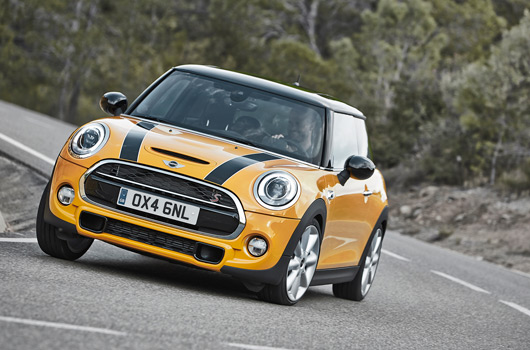
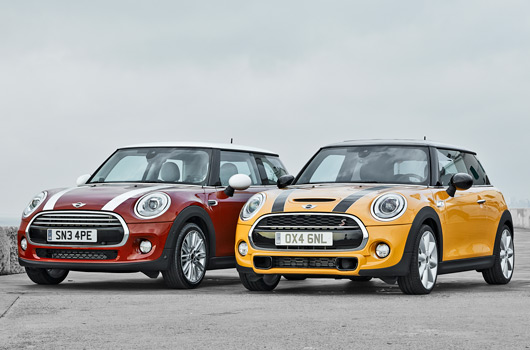
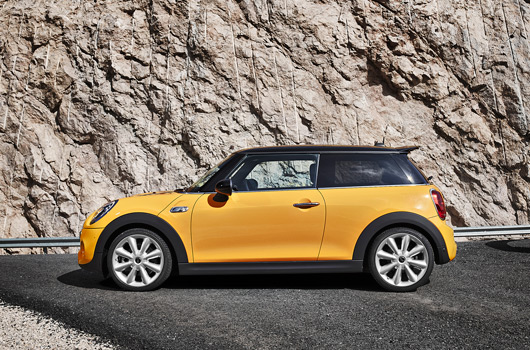
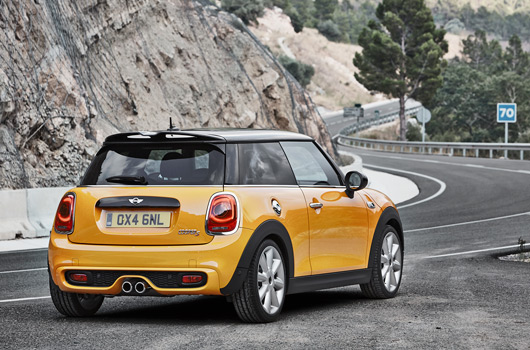
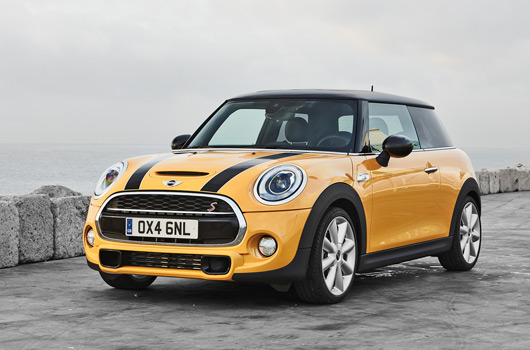
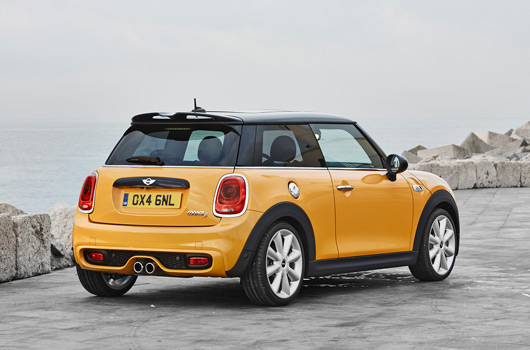
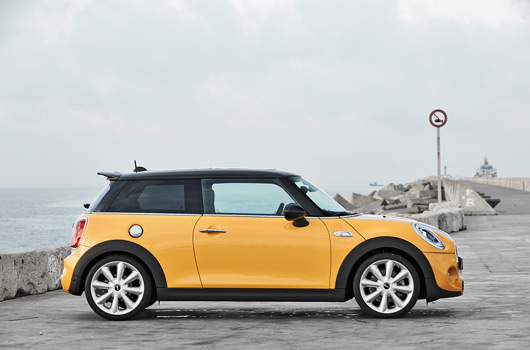
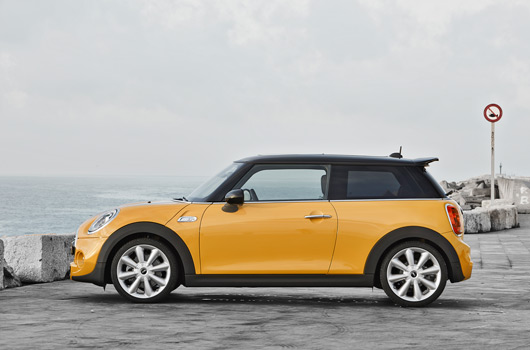
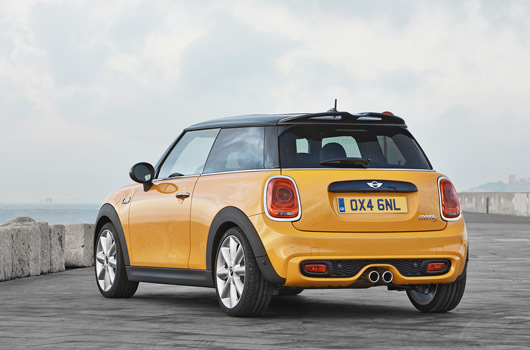
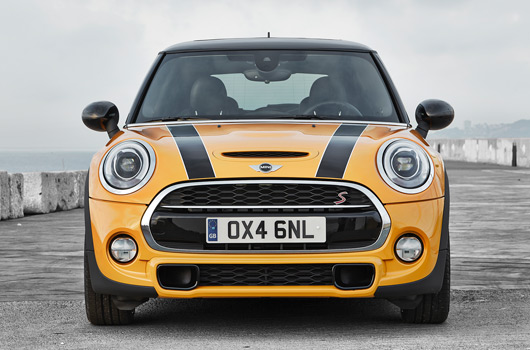
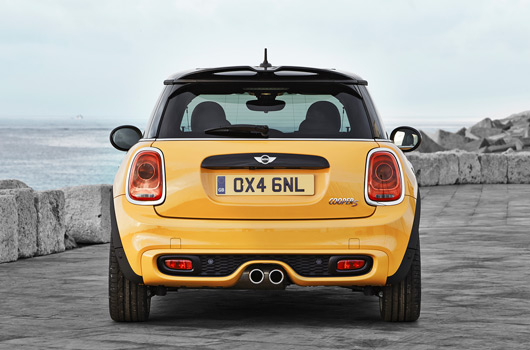
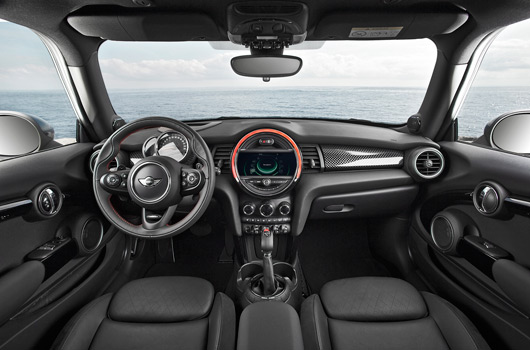
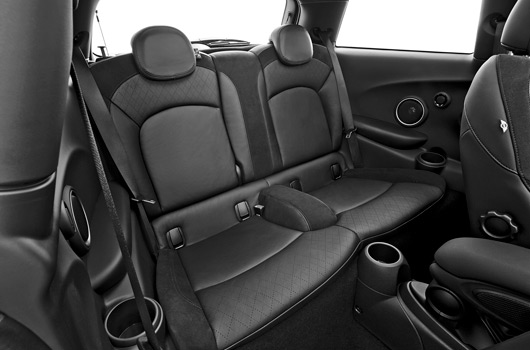
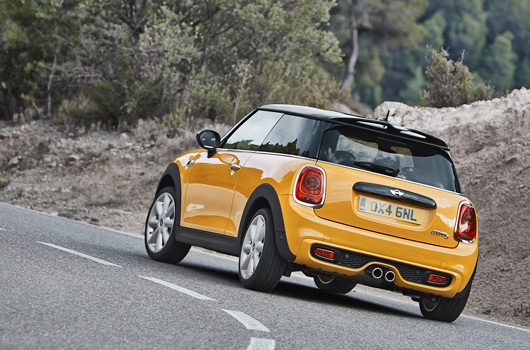
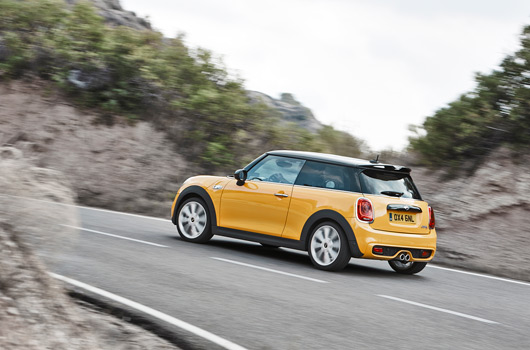
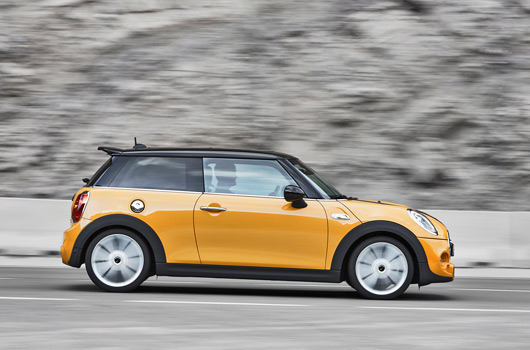
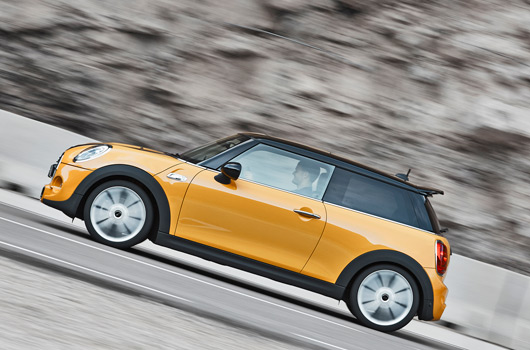
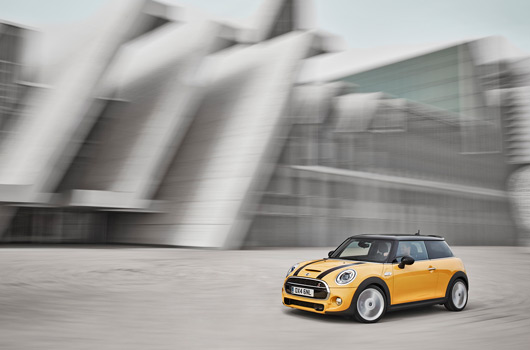
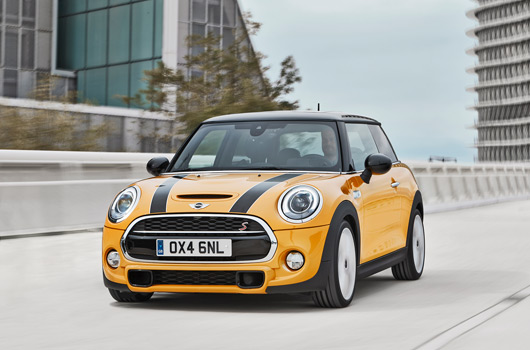
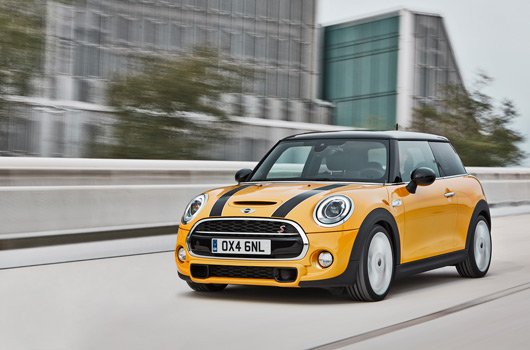
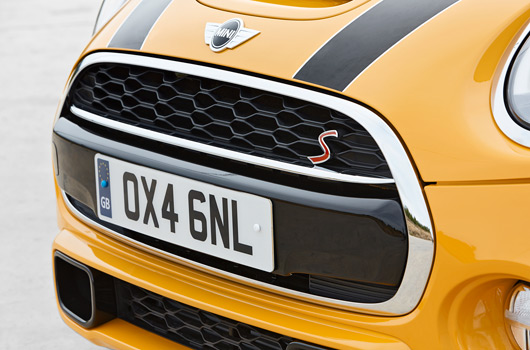
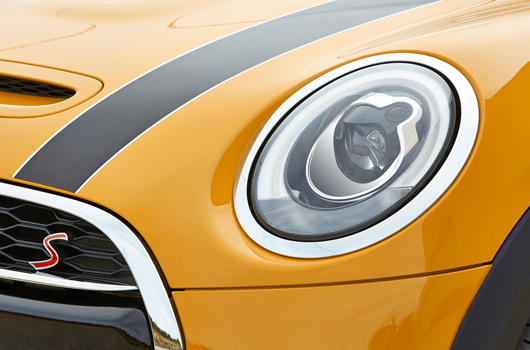
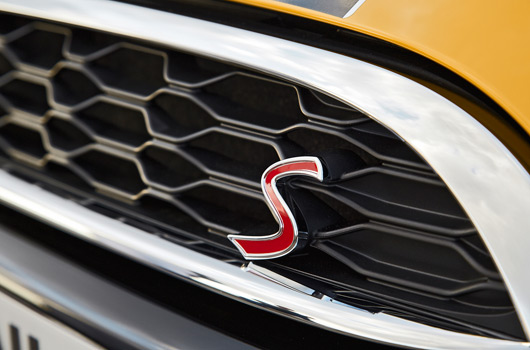
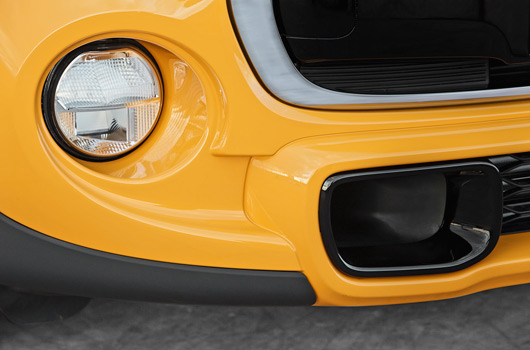
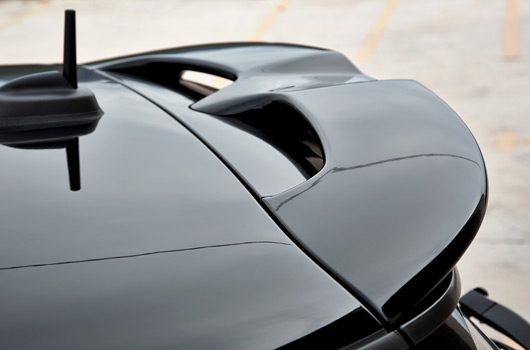
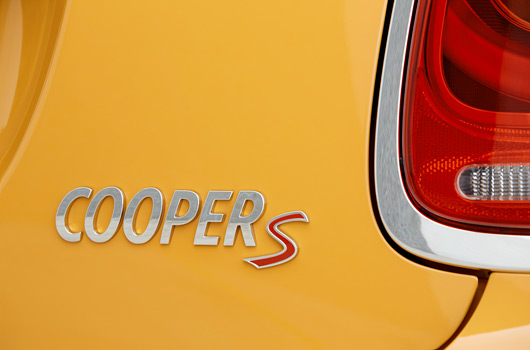
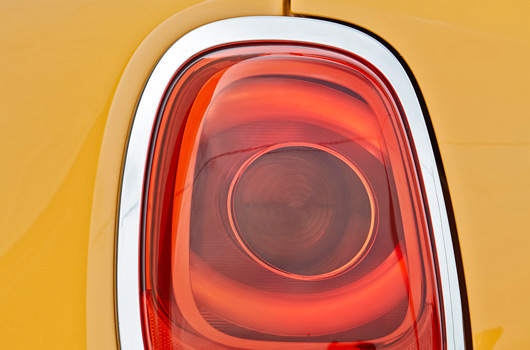
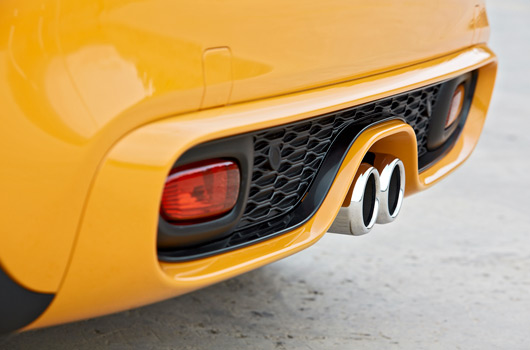
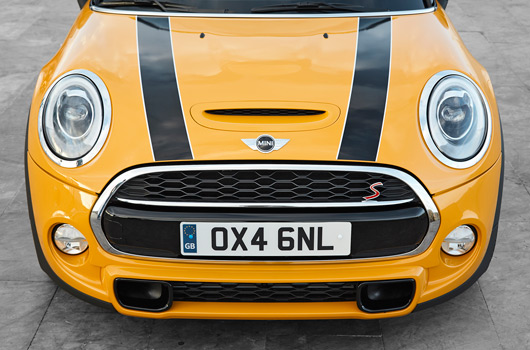
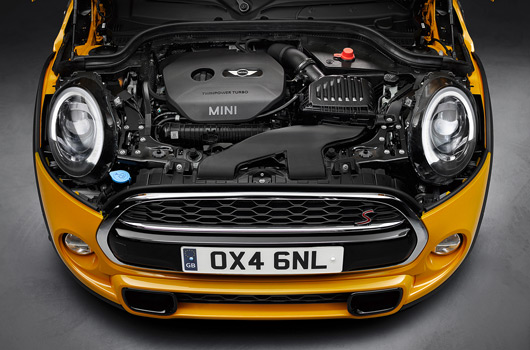
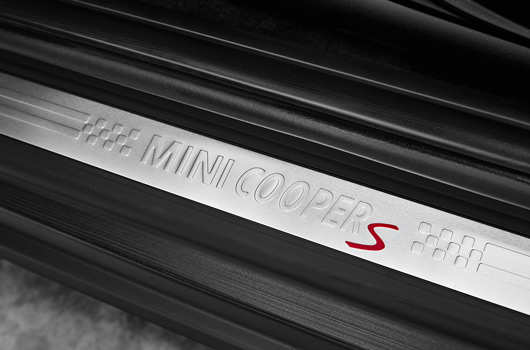
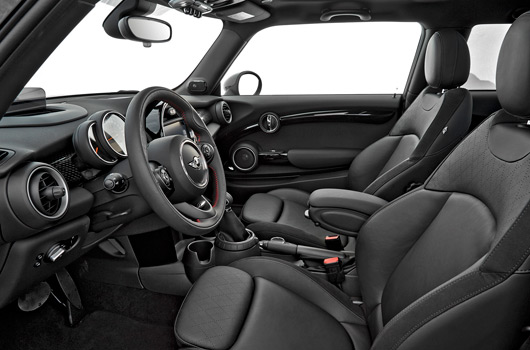
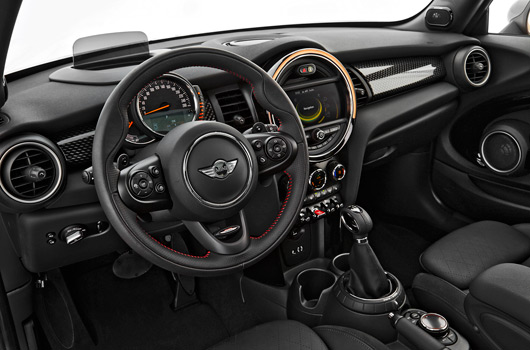
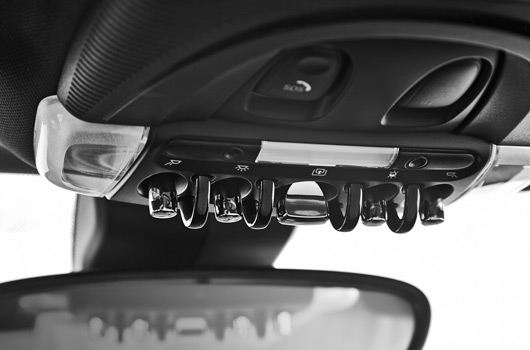
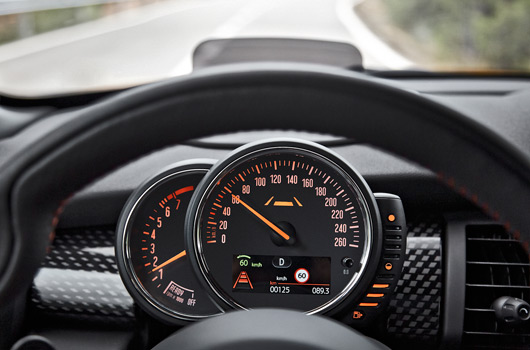
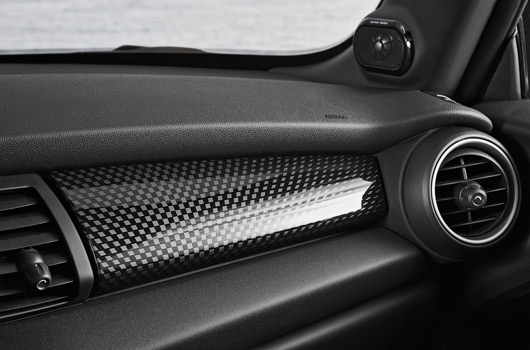
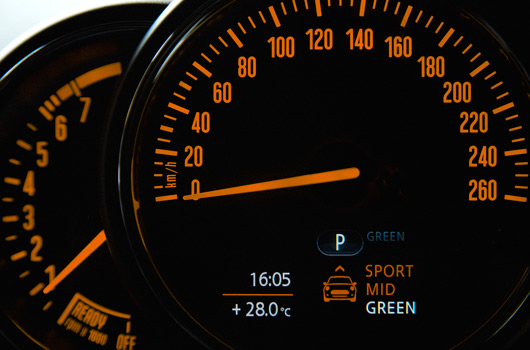
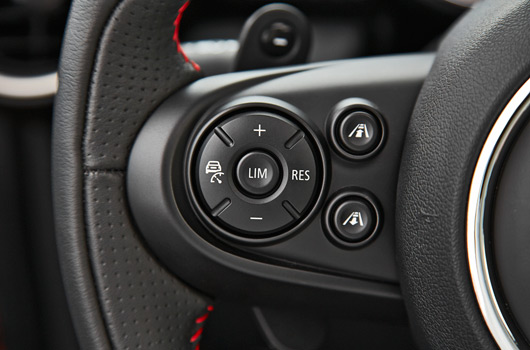
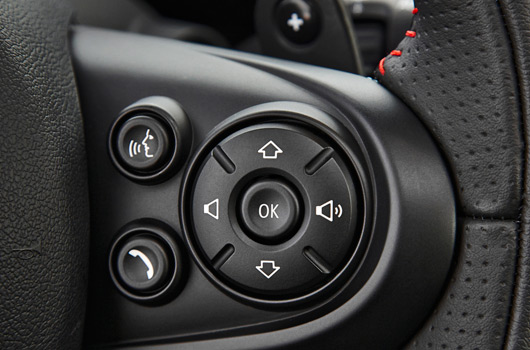
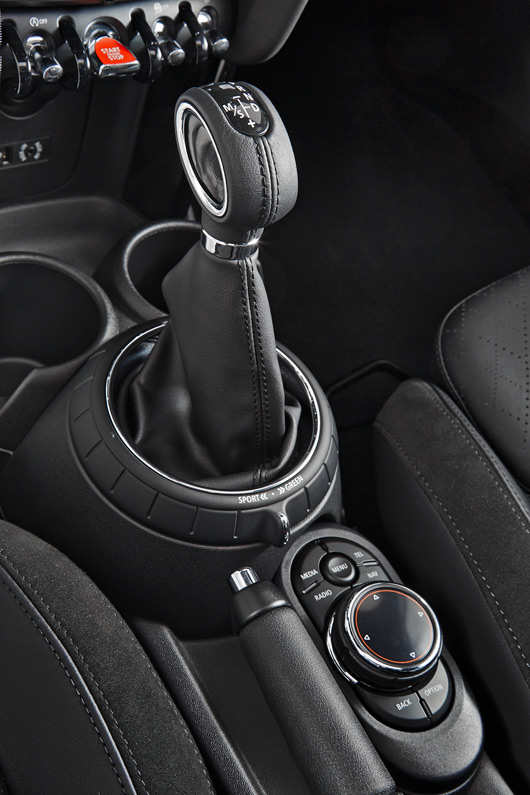
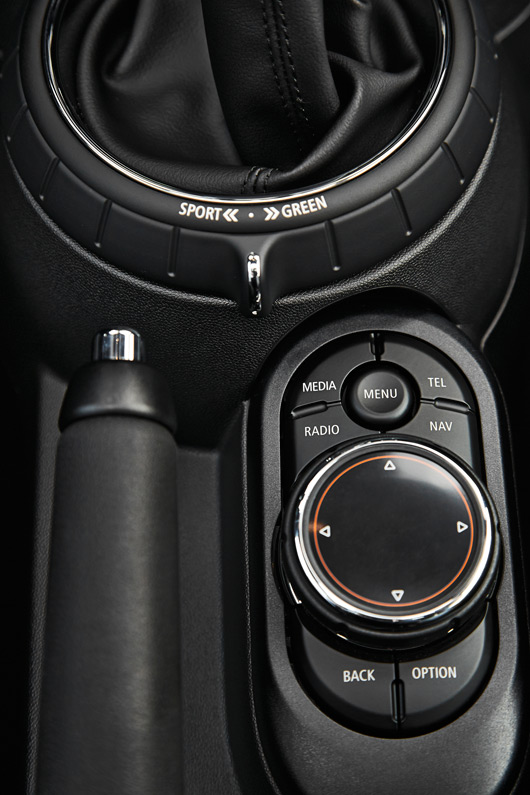
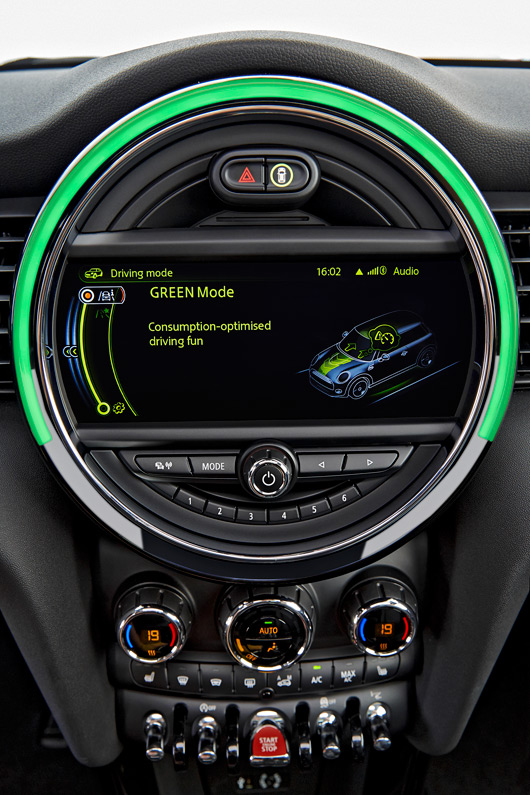
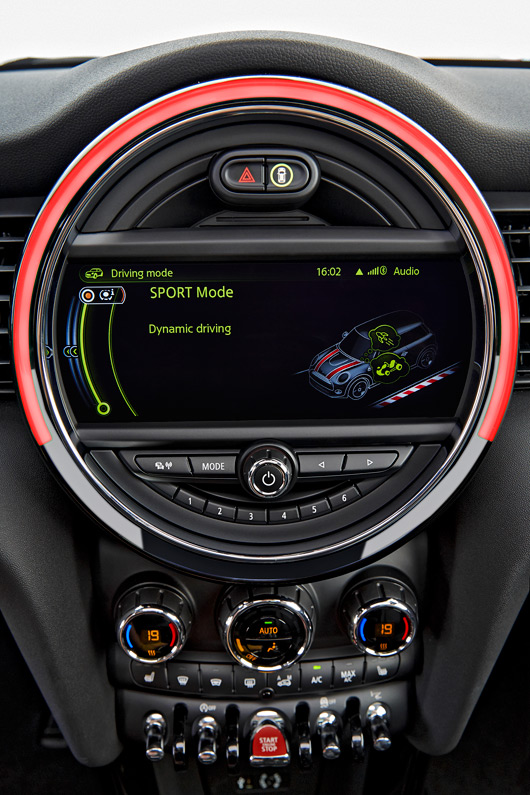
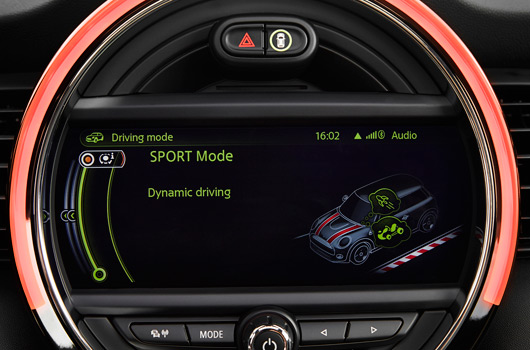
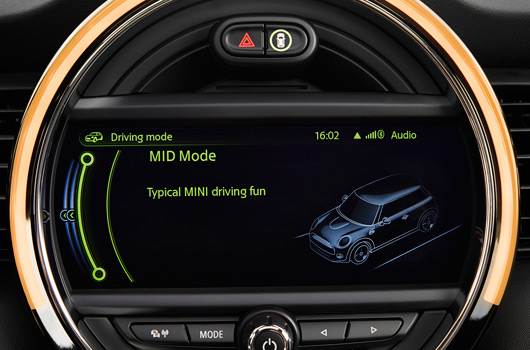
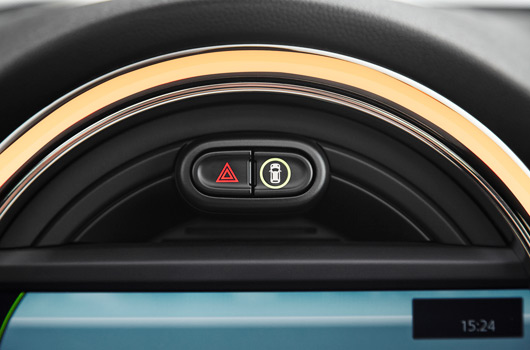
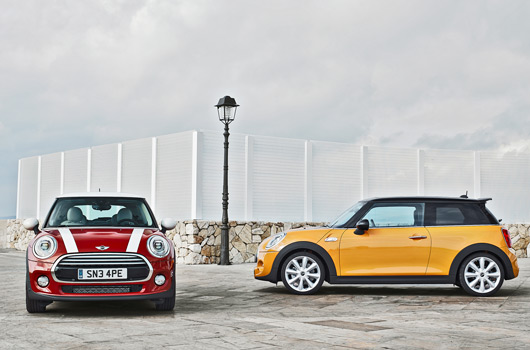
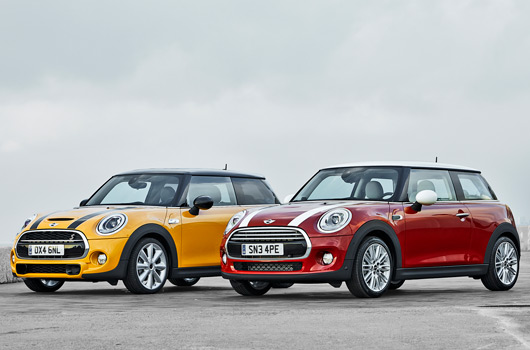
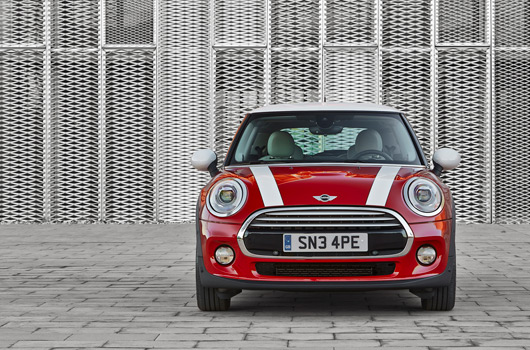
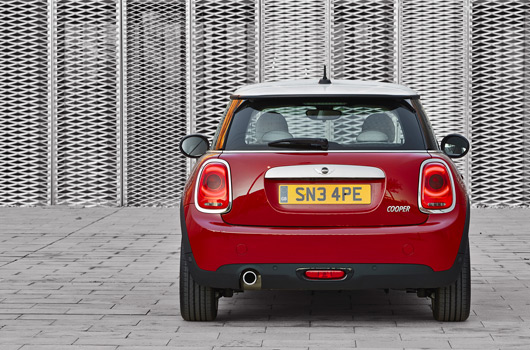
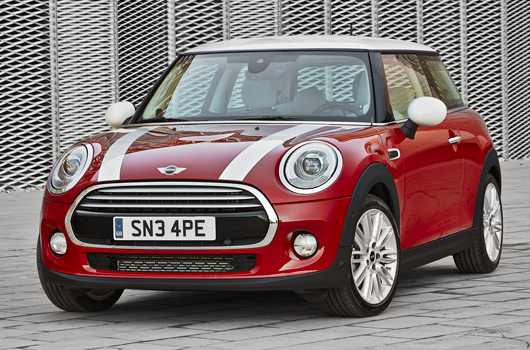
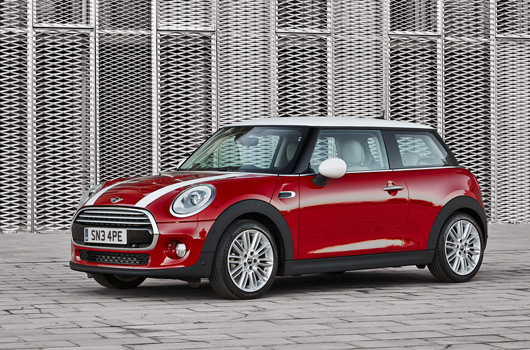
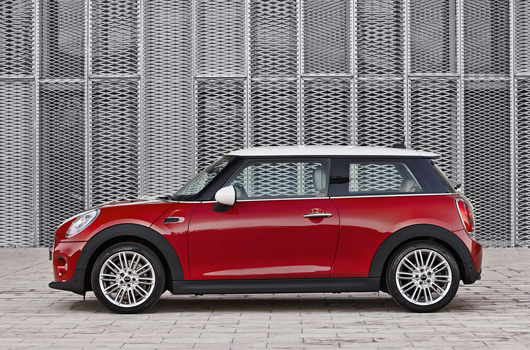
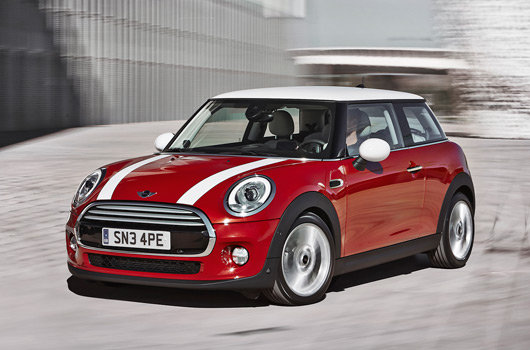
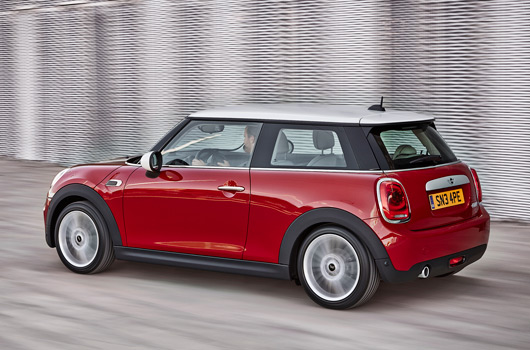
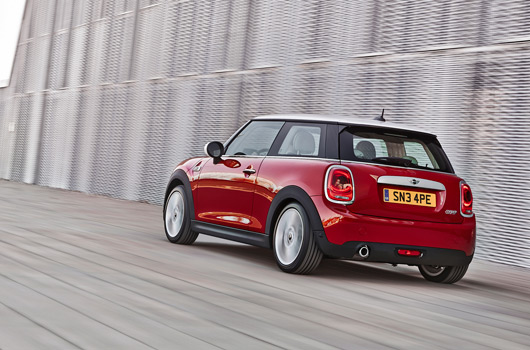
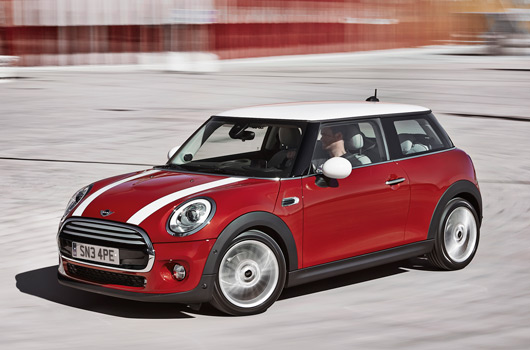
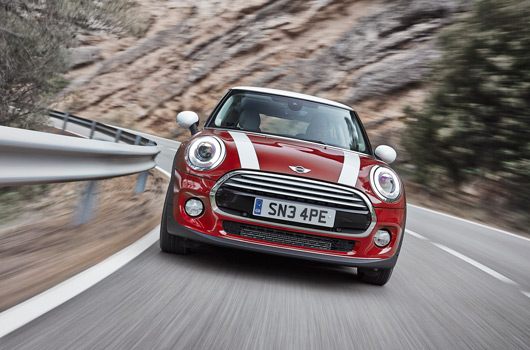
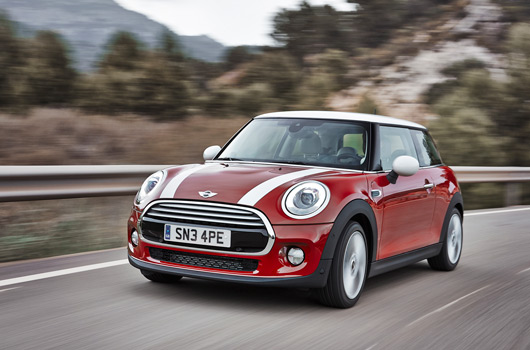
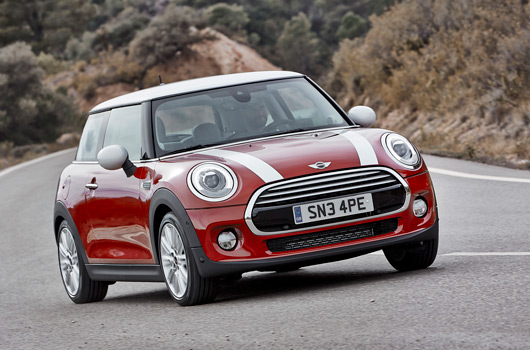
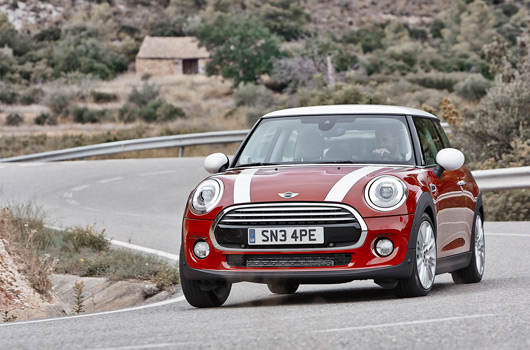
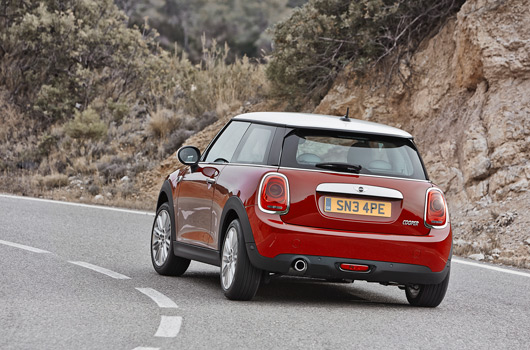
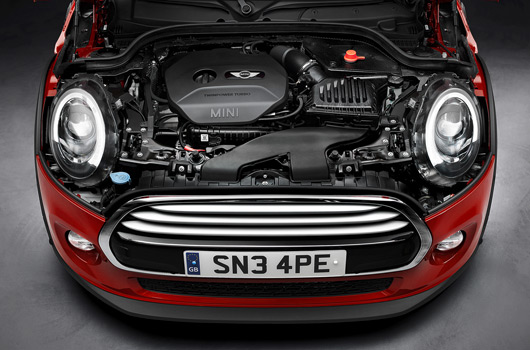
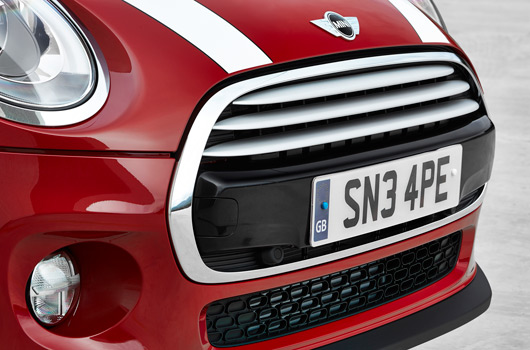
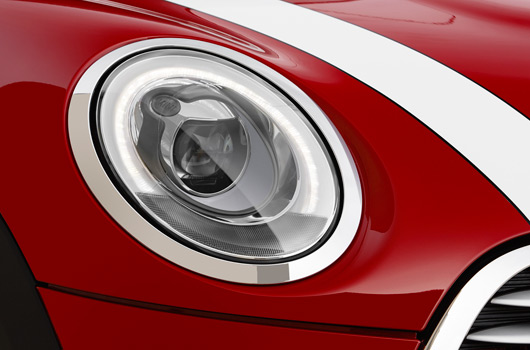
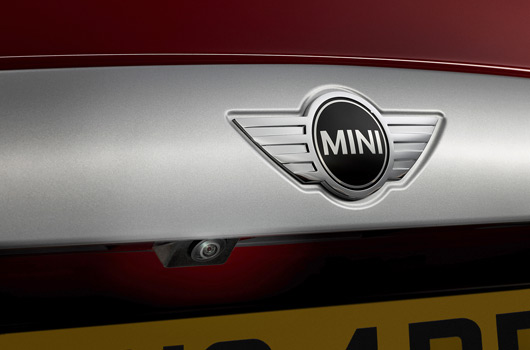
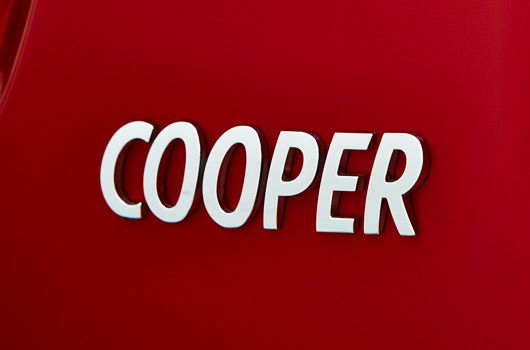
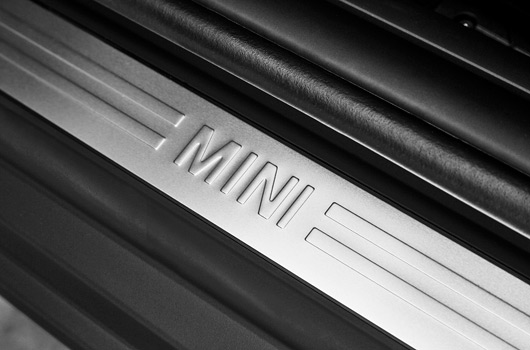
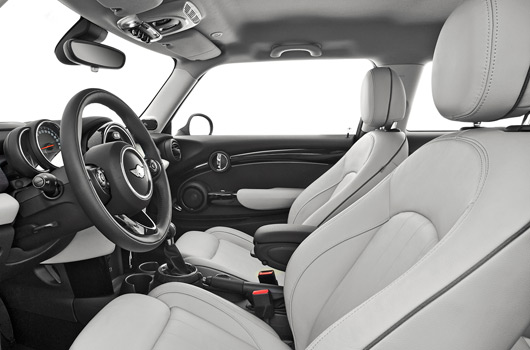
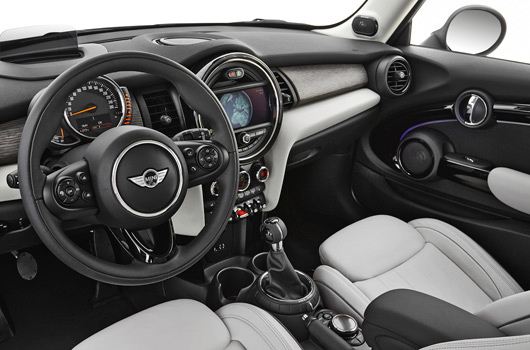
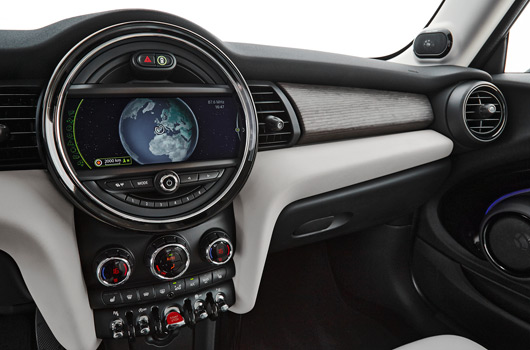
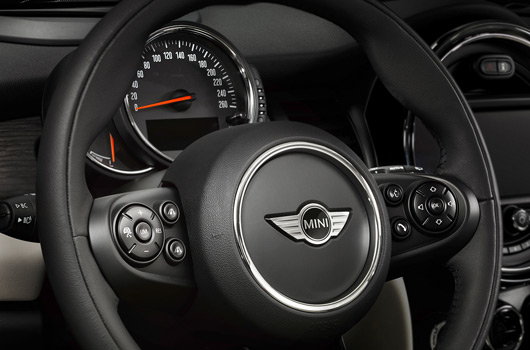
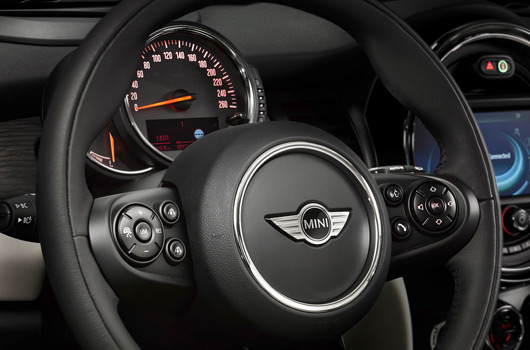
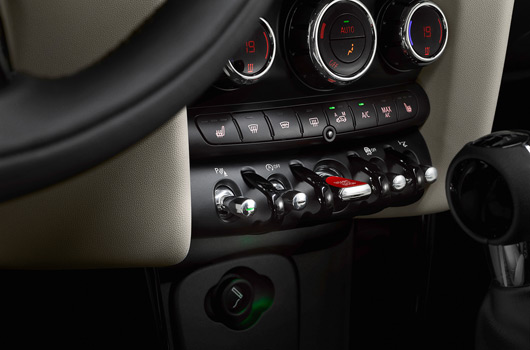
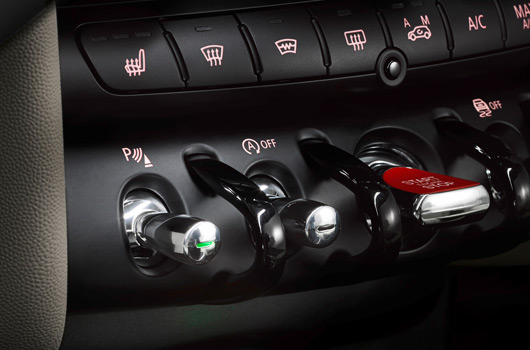
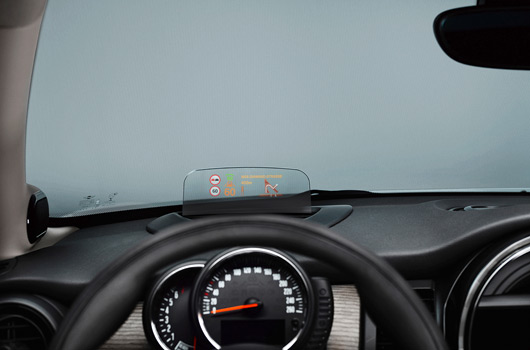
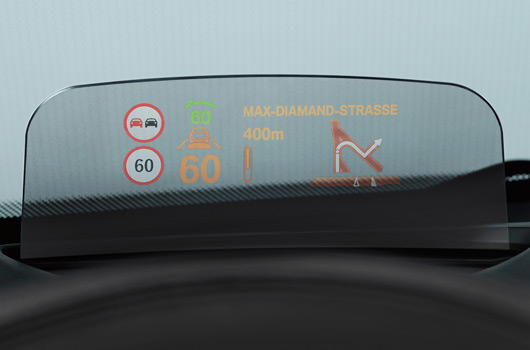
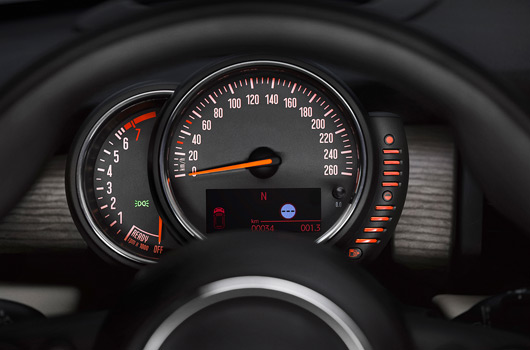
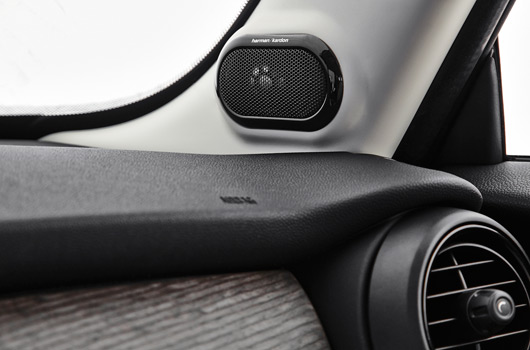
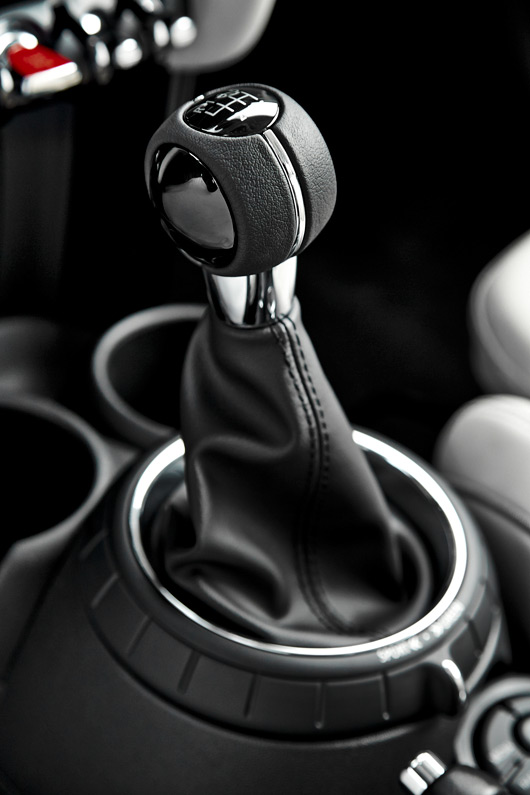
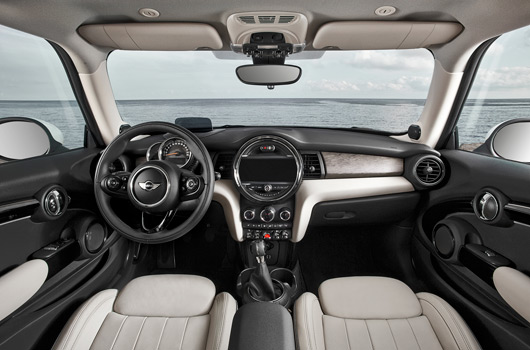
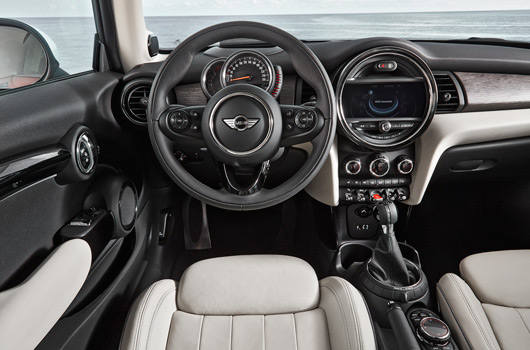
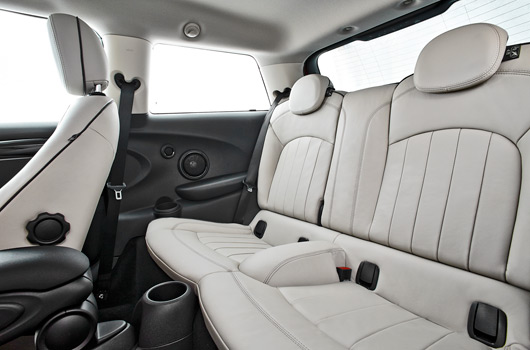
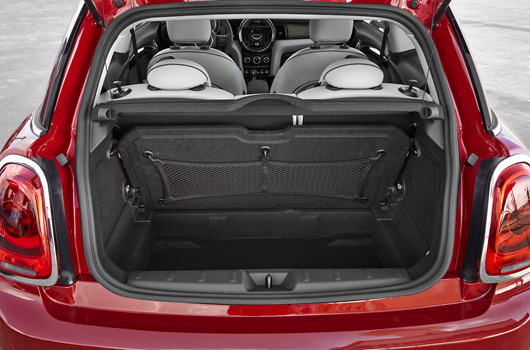
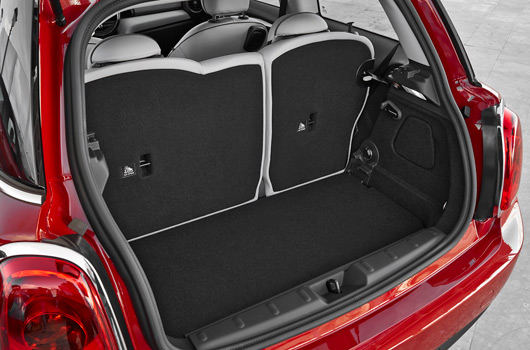
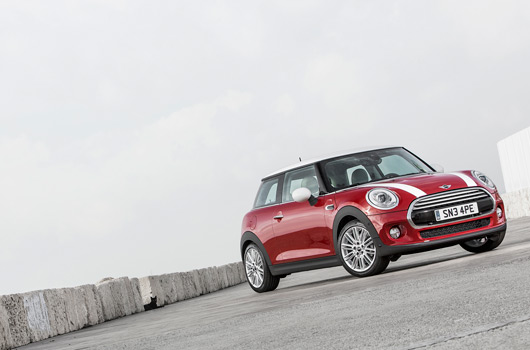
9 replies on “Third-generation MINI revealed”
Looks great in profile. Nice and chunky. New engines sound pretty good too. How does the weight compare to the old one? Seems odd that the 3-pot is the heaviest.
Phil thanks for highlighting my error, I had the weights listed with the wrong models. The Cooper S is the heaviest of the three cars and I’ve now fixed up the information above.
Is it just me or does it look a little high.Could use a little more lowering in the cooper s.
Does 141kw from a 2L turbo seem a bit light on to anyone? Seems very underdone. Leaves a lot of room for a heftier Works, though.
Supposedly the new 2.0T engine has more potential left in it than the R56 with its 1.6T. Hopefully that means you’re right about the next JCW.
It’s certainly growing on me – even the front end. Surprised that there’s not a tad more power from the new 2.0 litre petrol S engine – would have thought they would position it in the 150kW territory with the JCW being around 190kW.
The new seats look like an improvement over the old. Looks like they’ve dropped one set of front door speakers for the H/K audio – I wonder if they’re going with under seat subs like the Paceman?
two things I’m not so keen on:
the speedo display – especially the fuel level indicator and tacho – looks unnecessarily fussy to me – they could have had an oval shape and included it all together instead of looking like bits were tacked on as an afterthought.
the headlights – they look a little dull and the angle eye bit looks very contrived
That said, all in all, not a bad effort.
Not bad – I agree with the brake vents – too much going on and the Cooper front looks better.
The interior looks good though not a fan of the centre air vents surrounding the nav display – everything else is round except for these!
There are JCW aero kit pic on MF
http://www.motoringfile.com/2013/11/18/the-2014-mini-jcw-aero-kit/
Brake ducts still look funny on the JCW kit.
Agree with you on the centre vents Dave, they don’t suit the look of the rest of the interior at all. The gear knobs look a bit daft as well.
I saw the JCW pics earlier today. I was hoping that might rectify the front-end look.
Oh well.
[…] new MINI was revealed in November last year, but it’s just been give its full media launch. Which means you’ve got another chance […]